Slow Reveal Graphs: Twelve consecutive months of global surface temperature records (June 2023 - May 2024)
Slow reveal graphs are an instructional routine using scaffolded visuals and discourse to help students (in K-12 and beyond) make sense of data. This is a slow reveal graph of the SVS visualization of Twelve consectutive months of global surface temperature records.
Slide #1: Just the lines
Before playing the video, ask students to think about what they are seeing and what it means.
Play the video several times before asking, "What do you notice, what do you wonder?"
Some things they may notice:
- The changing color of the lines
- The jagged nature of the lines
- The current line being drawn is always red
- The last line is above all of the others and doesn't overlap at all.
- The first line is partial...
Ask students to estimate the number of lines in the graph - record their estimates.
Slide #2: Adding in the blue horizontal lines and the month labels
Questions to ask:
- What additional information do you have now?
- Students should recognize that each line is an additional year.
- Notice that the months are offset (June-May). Speculate on why they are plotted that way.
- How many lines do you think there are now? Allow students to work in pairs/groups to calculate and then update their estimates.
- What other things can you confirm about what you noticed from the first animation, that we can now confirm with this additional information?
Slide #3: Adding in the running years at the top
Questions to ask:
- What do we know now?
- What additional information can you confirm with the years?
- Allow students to update any of their prior estimates about the number of lines/years there are in the animation.
Slide #4: Adding labels to the blue lines, the title, and the subtitle
Questions to ask:
- What do we know now?
- What does each line represent?
- What do you think the subtitle "1951-1980 Reference Period" means? The zero of line refers to the deviation from a long term average, in this case the average of the monthly temperatures from 1951-1980. After explaining this to students, ask if they think anything would change if a different period were taken, or a shorter period, or a longer period...!
- What does this mean about the final red line? Since this line does not intersect with any of the others, it means each month from June 2023 to May 2024 set a new record high temperature.
Slide #5: The final 'twist': before you play, tell students there will be a surprise at the end - a different representation!
Play several times so they can see what's happening. Have students discuss in their groups what this new representation tells us about the data.
Questions to ask:
- What does this new representation tell us about the data?
- Does this new representation still show as clearly the conclusion we reached about the temperatures from June 2023 to May 2024?

Static View: Side by side
Questions to ask:
- What's the same and what's different between these two?
- Which do you like better and why?
- What information is easier to see in one over the other?
- Where do we see the months and years represented in each graph?
- How do you think each of these representations would look different if we fast forward and add 2, 5 or 10 more years of data?
About this Graph
Each month from June 2023 to May 2024 set a record for the highest average global surface temperature.
Temperature anomalies are deviations from a long term global average. In this case the period 1951-1980 is used to define the baseline for the anomaly. These temperatures are based on the GISS Surface Temperature Analysis (GISTEMP v4), an estimate of global surface temperature change. The data file used to create this visualization is publicaly accessible here.
The Goddard Institute for Space Studies (GISS) in New York is a NASA laboratory managed by the Earth Sciences Division of the agency’s Goddard Space Flight Center in Greenbelt, Maryland. The laboratory is affiliated with Columbia University’s Earth Institute and School of Engineering and Applied Science in New York.
Credits
Please give credit for this item to:
NASA's Scientific Visualization Studio
-
Visualizer
- Mark SubbaRao (NASA/GSFC)
-
Technical support
- Laurence Schuler (ADNET Systems, Inc.)
- Ian Jones (ADNET Systems, Inc.)
-
Web administrator
- Ella Kaplan (Global Science and Technology, Inc.)
-
Scientist
- Gavin A. Schmidt (NASA/GSFC GISS)
-
Science support
- Peter H. Jacobs (NASA/GSFC)
-
Producer
- Stacie Marvin (Maryland State Department of Education)
Release date
This page was originally published on Wednesday, July 17, 2024.
This page was last updated on Saturday, July 13, 2024 at 7:00 PM EDT.
Datasets used
-
GISTEMP [GISS Surface Temperature Analysis (GISTEMP)]
ID: 585The GISS Surface Temperature Analysis version 4 (GISTEMP v4) is an estimate of global surface temperature change. Graphs and tables are updated around the middle of every month using current data files from NOAA GHCN v4 (meteorological stations) and ERSST v5 (ocean areas), combined as described in our publications Hansen et al. (2010), Lenssen et al. (2019), and Lenssen et al. (2024).
Credit: Lenssen, N., G.A. Schmidt, M. Hendrickson, P. Jacobs, M. Menne, and R. Ruedy, 2024: A GISTEMPv4 observational uncertainty ensemble. J. Geophys. Res. Atmos., 129, no. 17, e2023JD040179, doi:10.1029/2023JD040179.
This dataset can be found at: https://data.giss.nasa.gov/gistemp/
See all pages that use this dataset
Note: While we identify the data sets used on this page, we do not store any further details, nor the data sets themselves on our site.
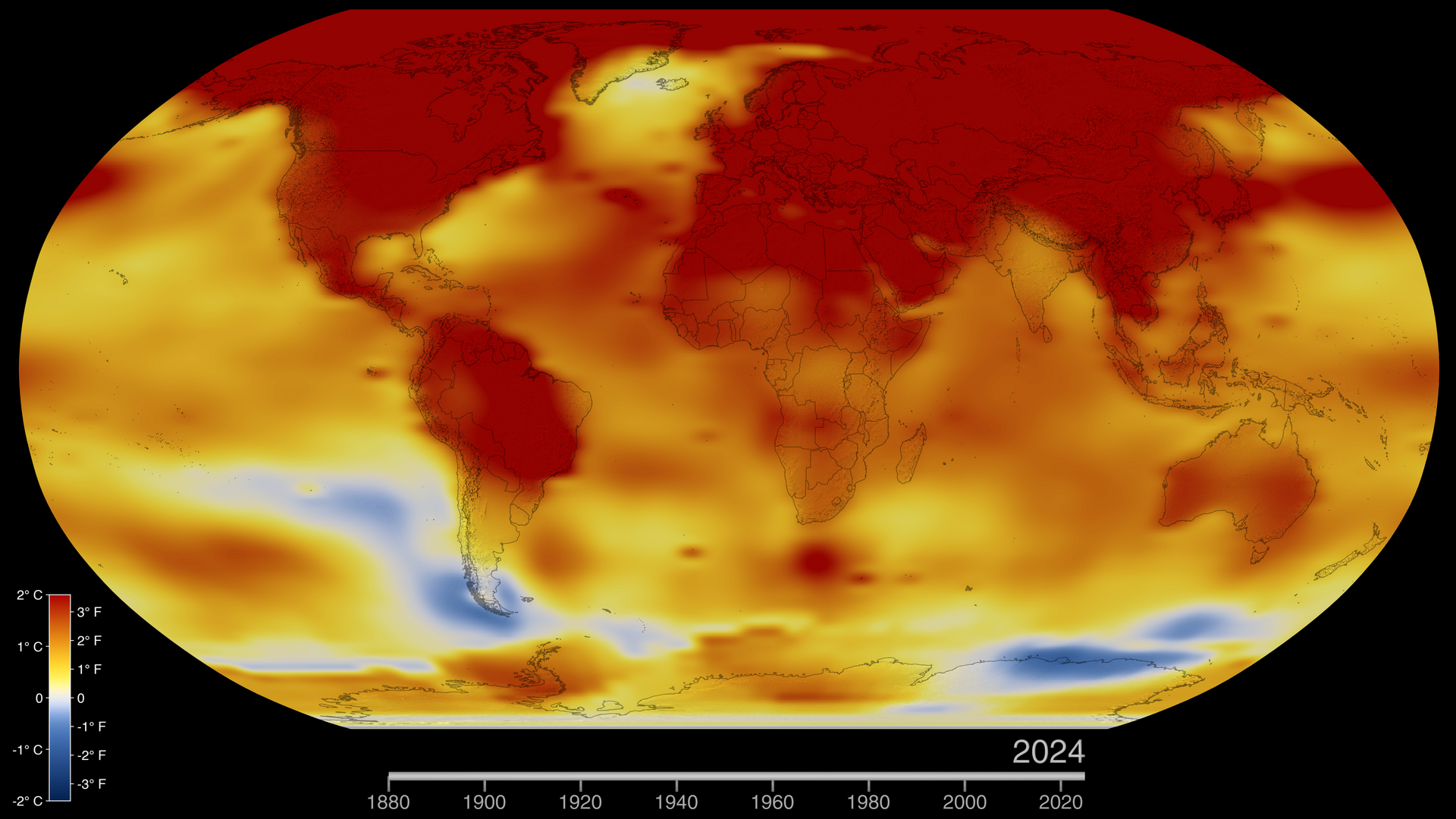
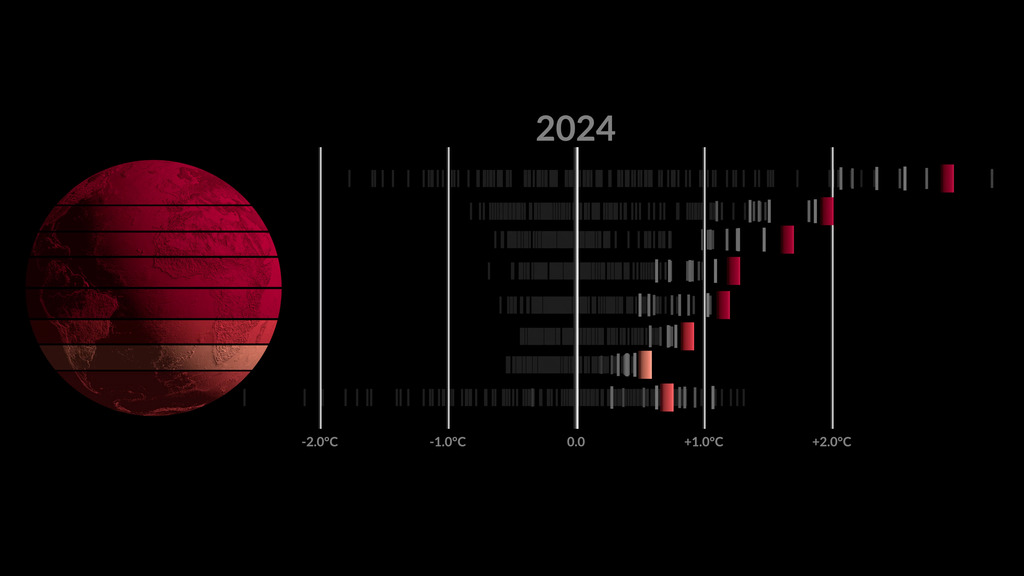
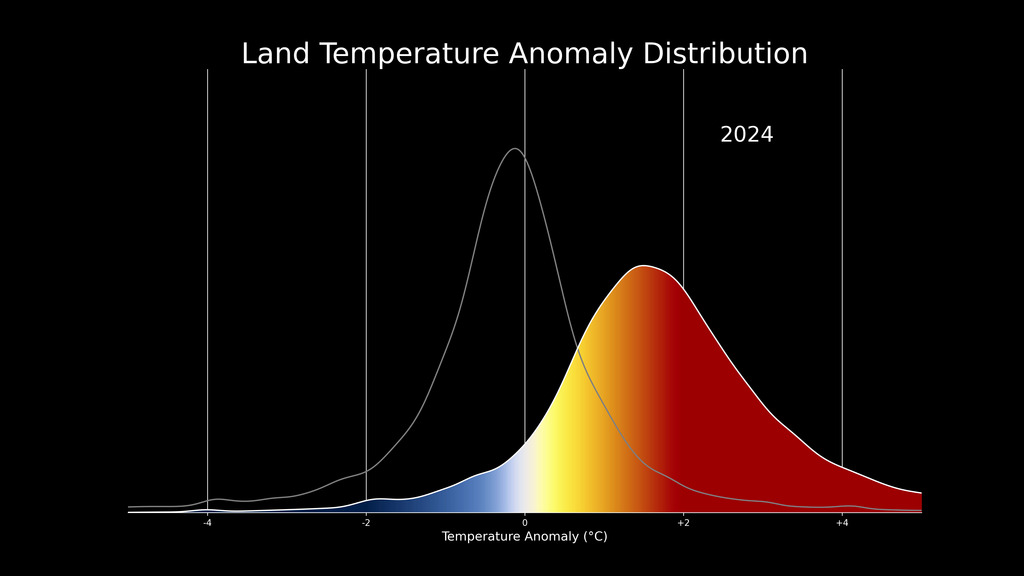

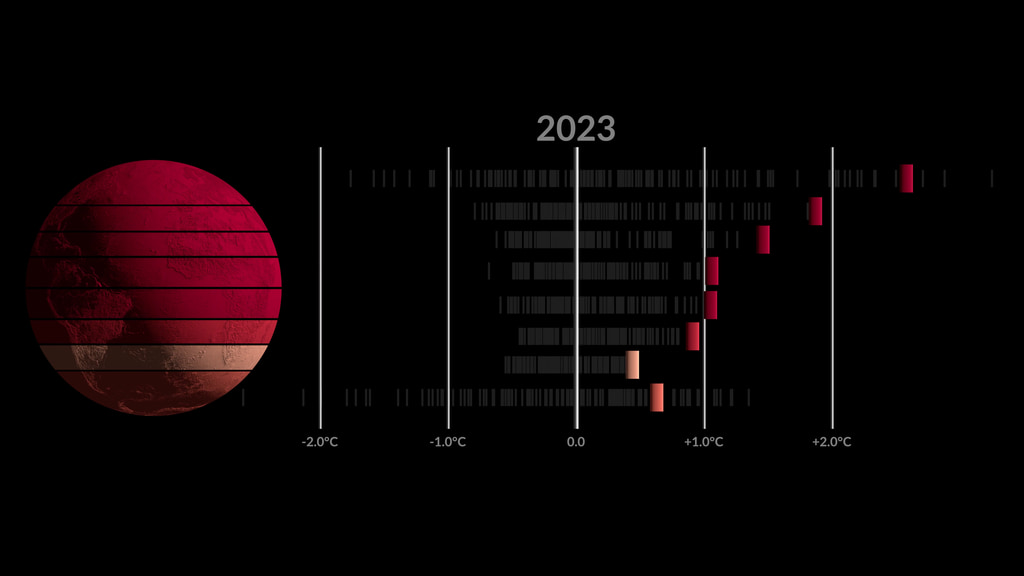
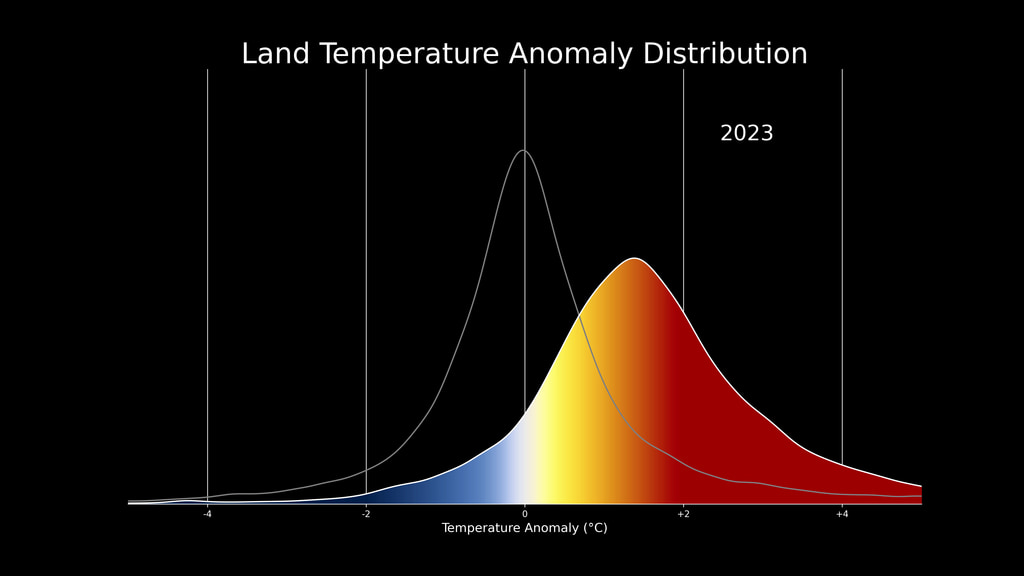
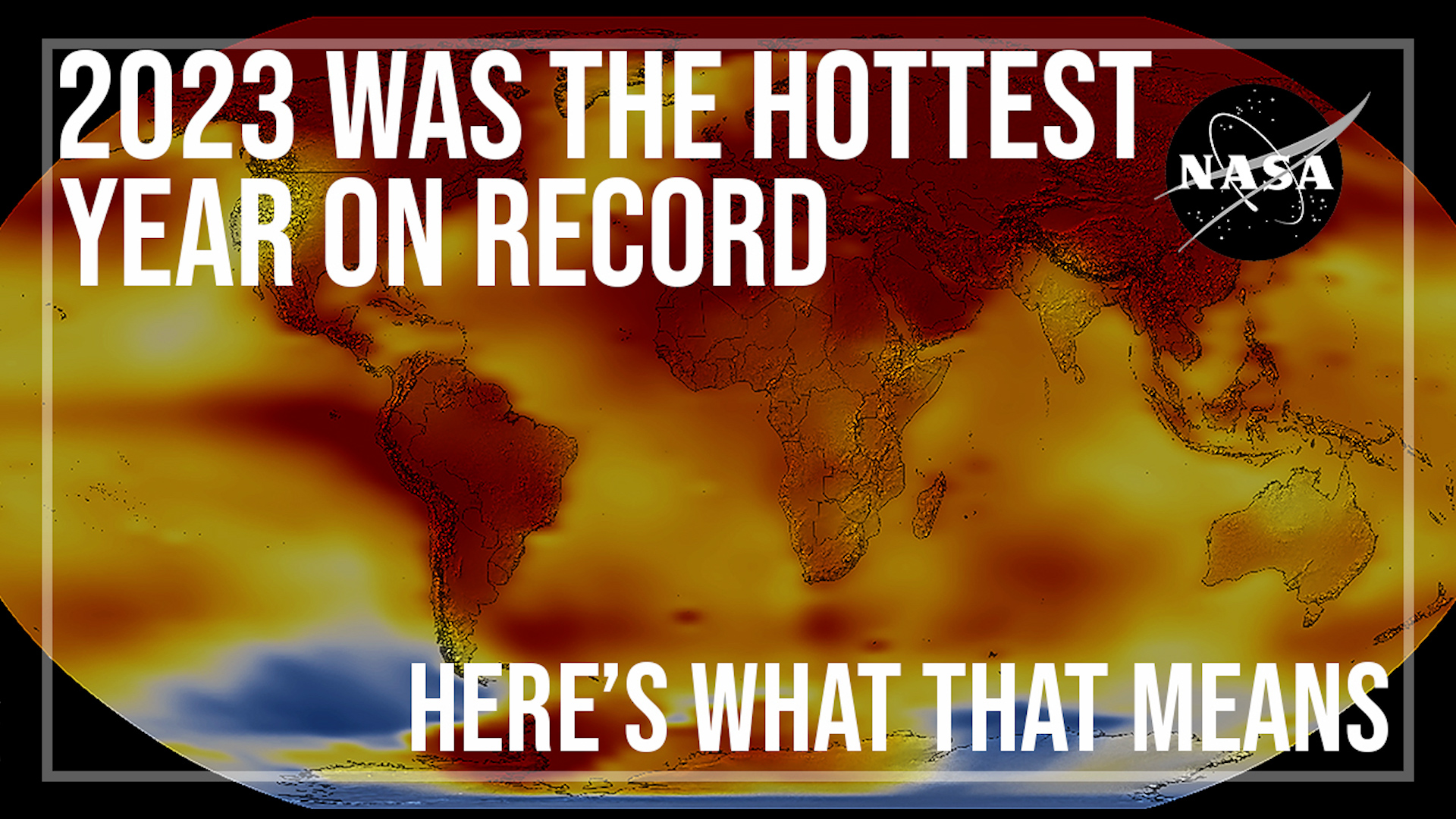
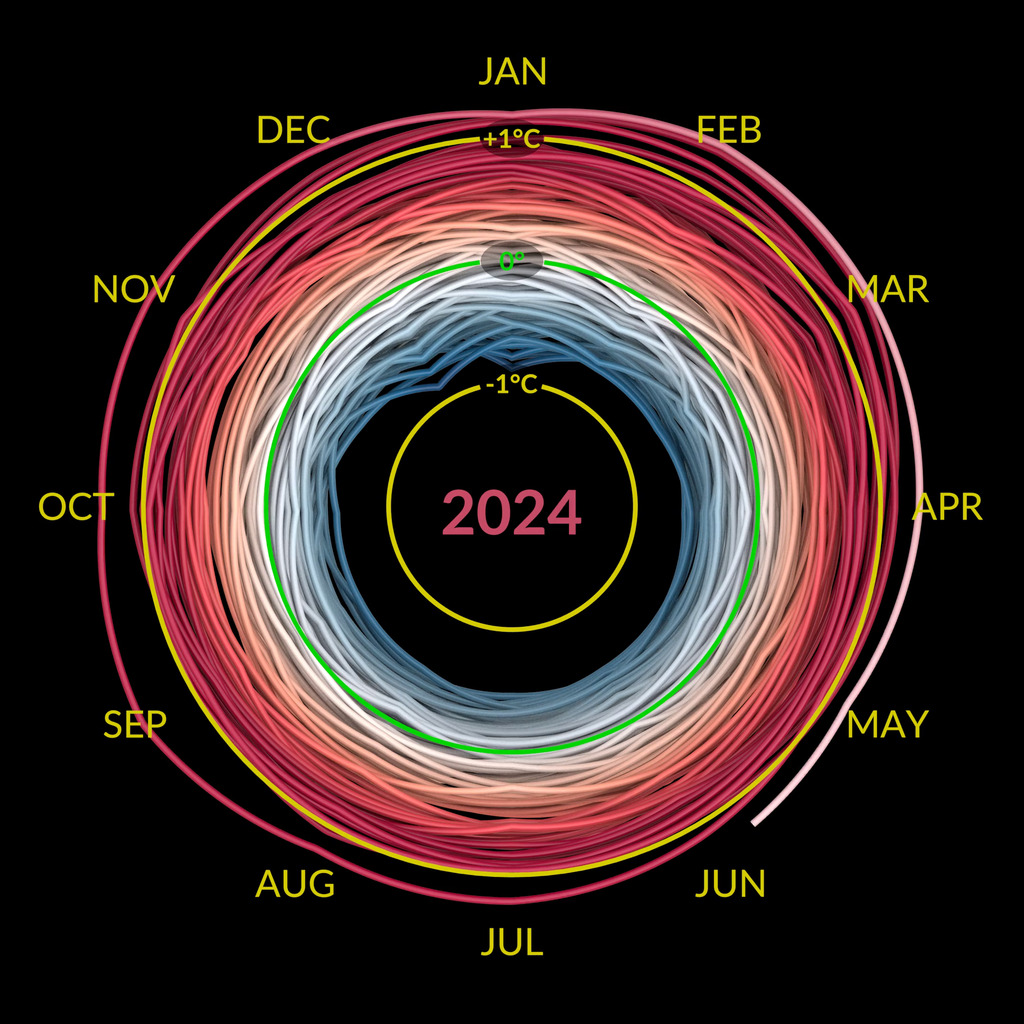
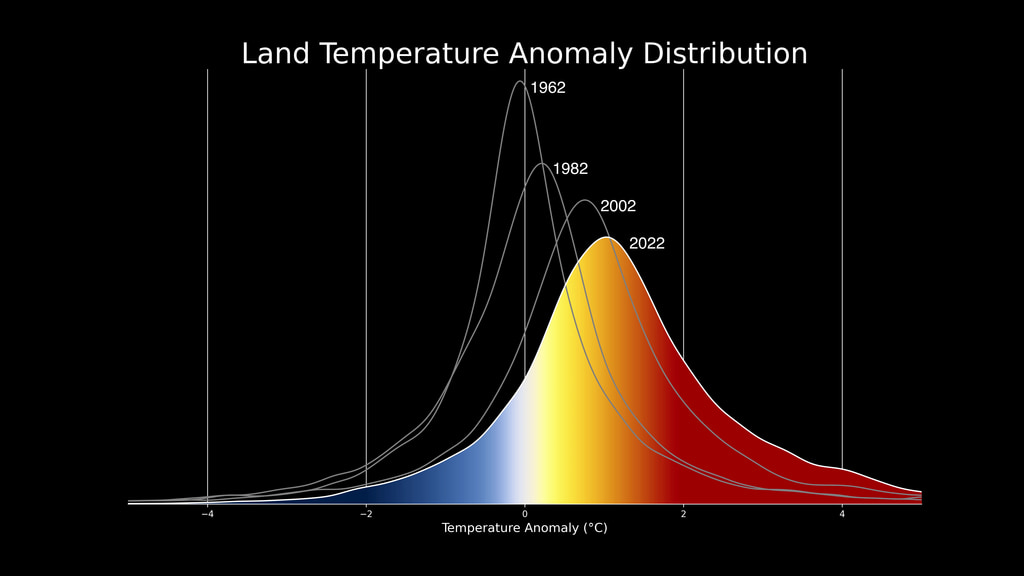

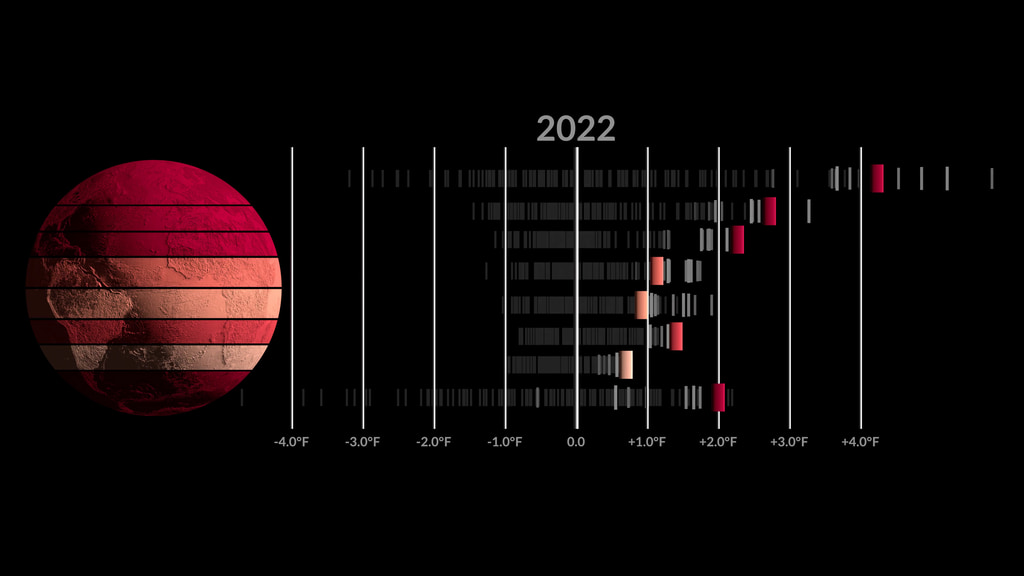
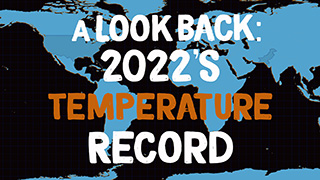
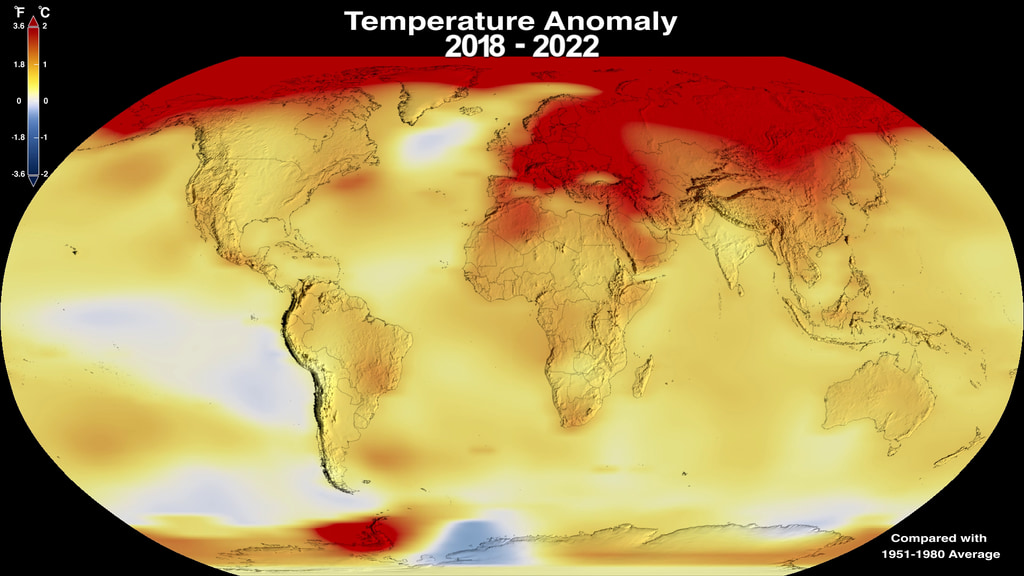
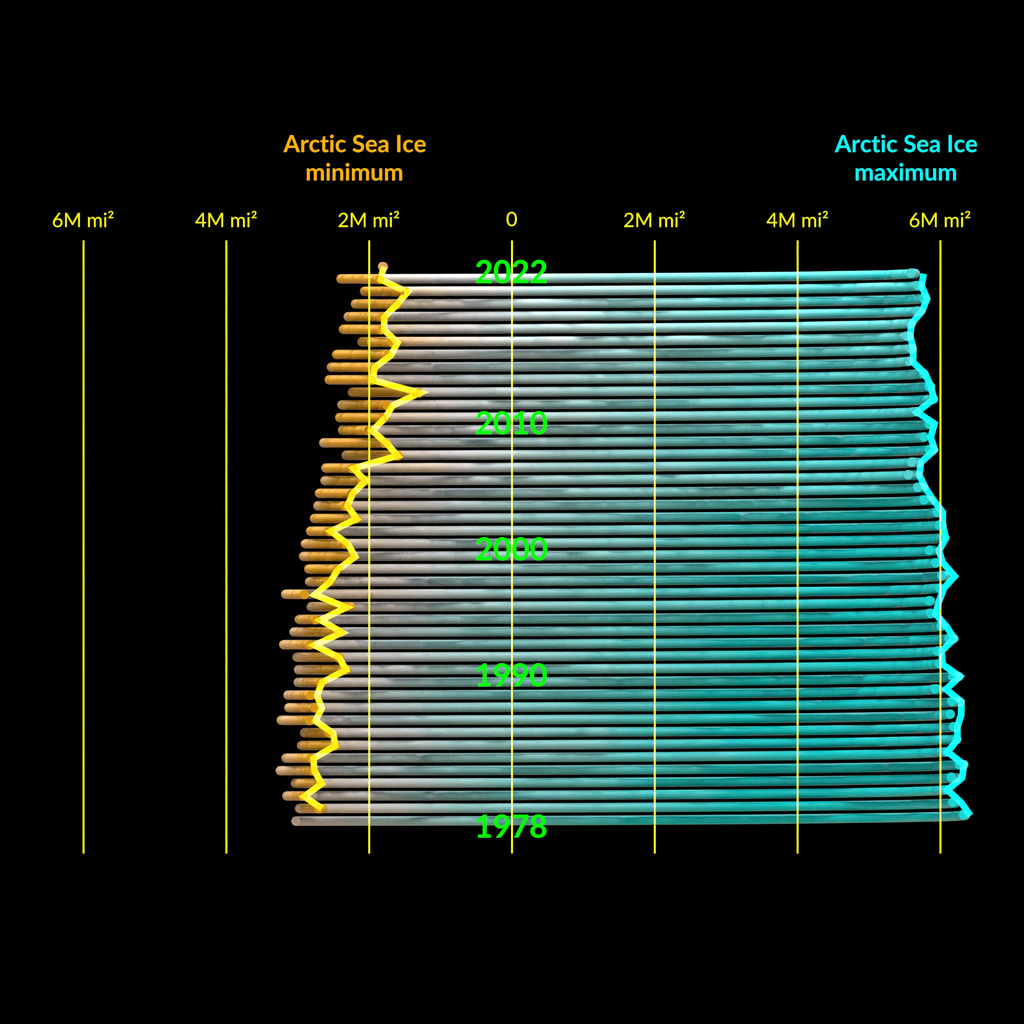
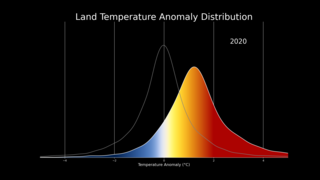
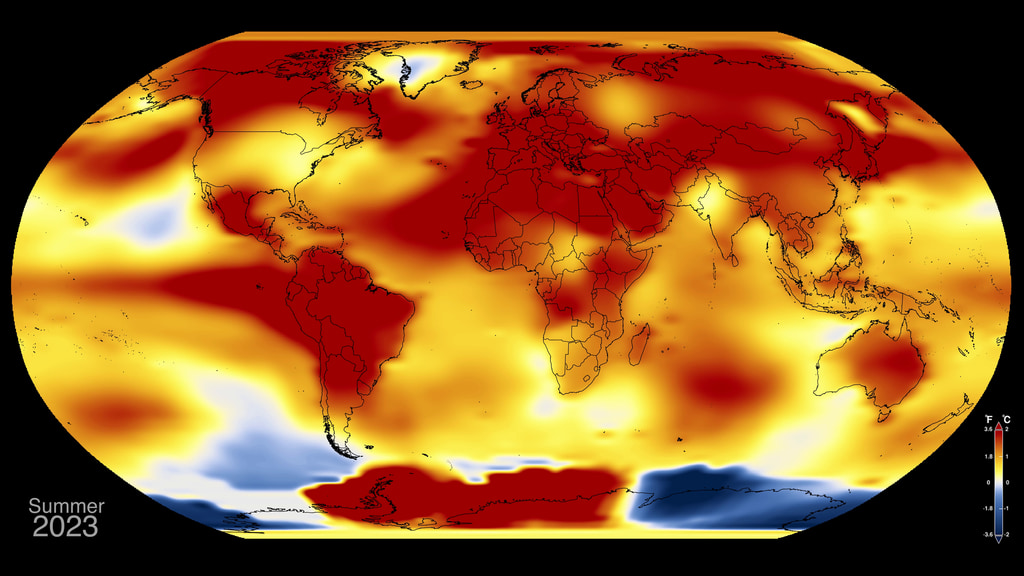
![Music: Making it Happen [Instrumental] from Universal Production MusicComplete transcript available.This video can be freely shared and downloaded. While the video in its entirety can be shared without permission, some individual imagery provided by Pond5.com is obtained through permission and may not be excised or remixed in other products. For more information on NASA’s media guidelines, visit https://www.nasa.gov/multimedia/guidelines/index.html](/vis/a010000/a014600/a014605/YTFrame_KC_May2024.jpg)